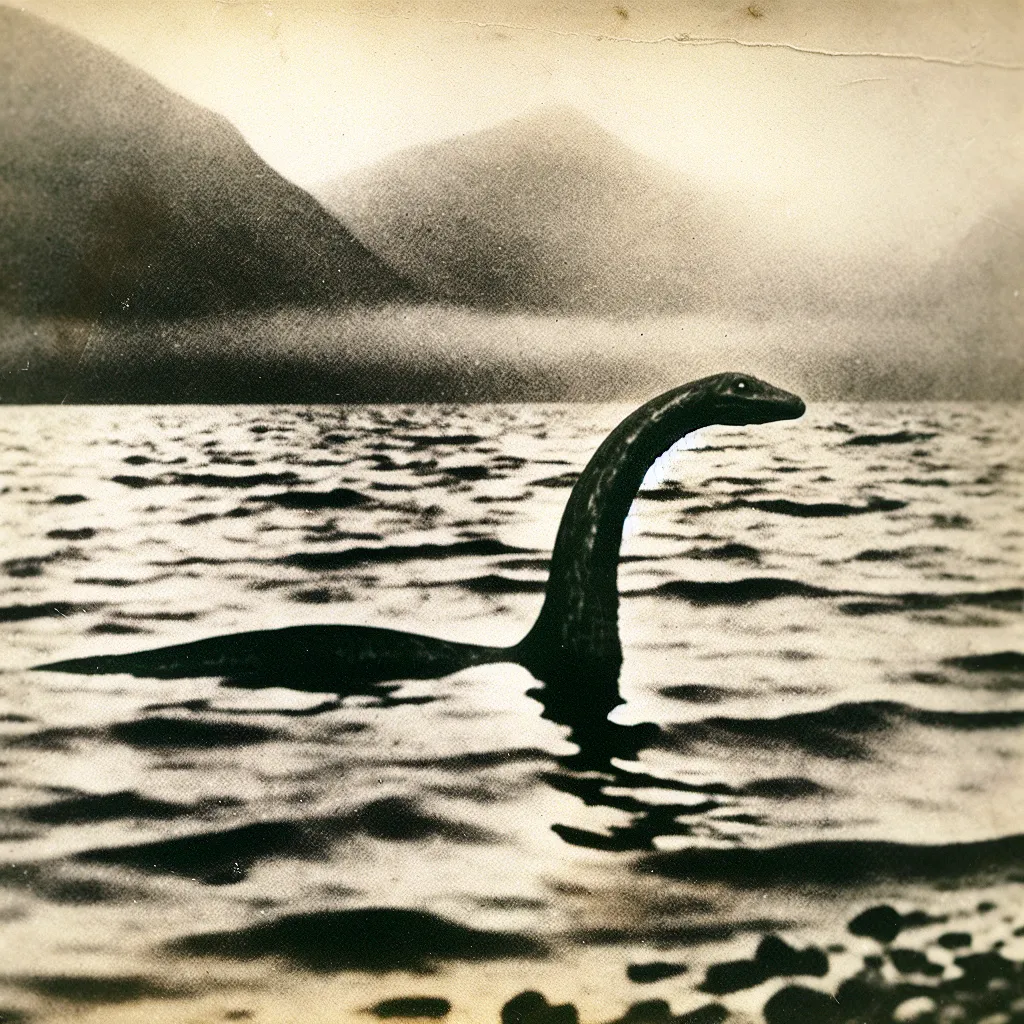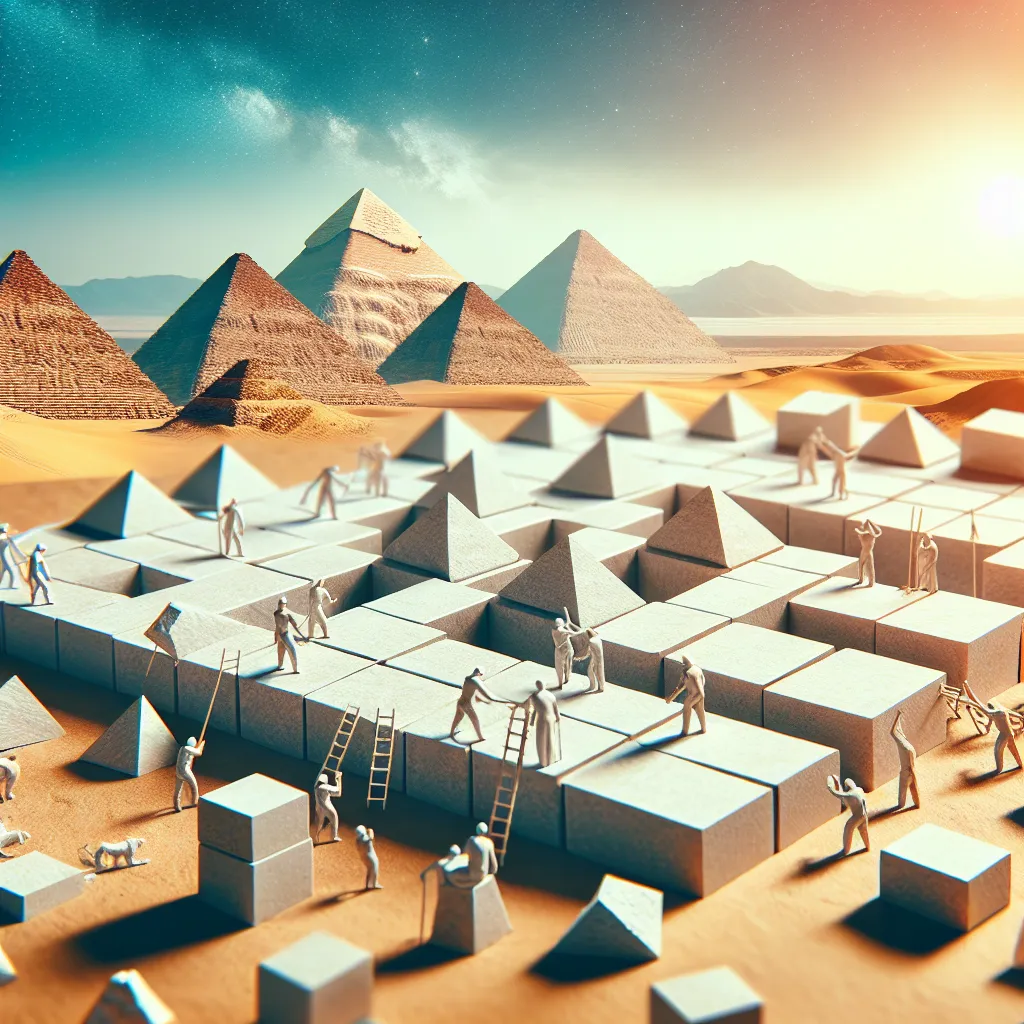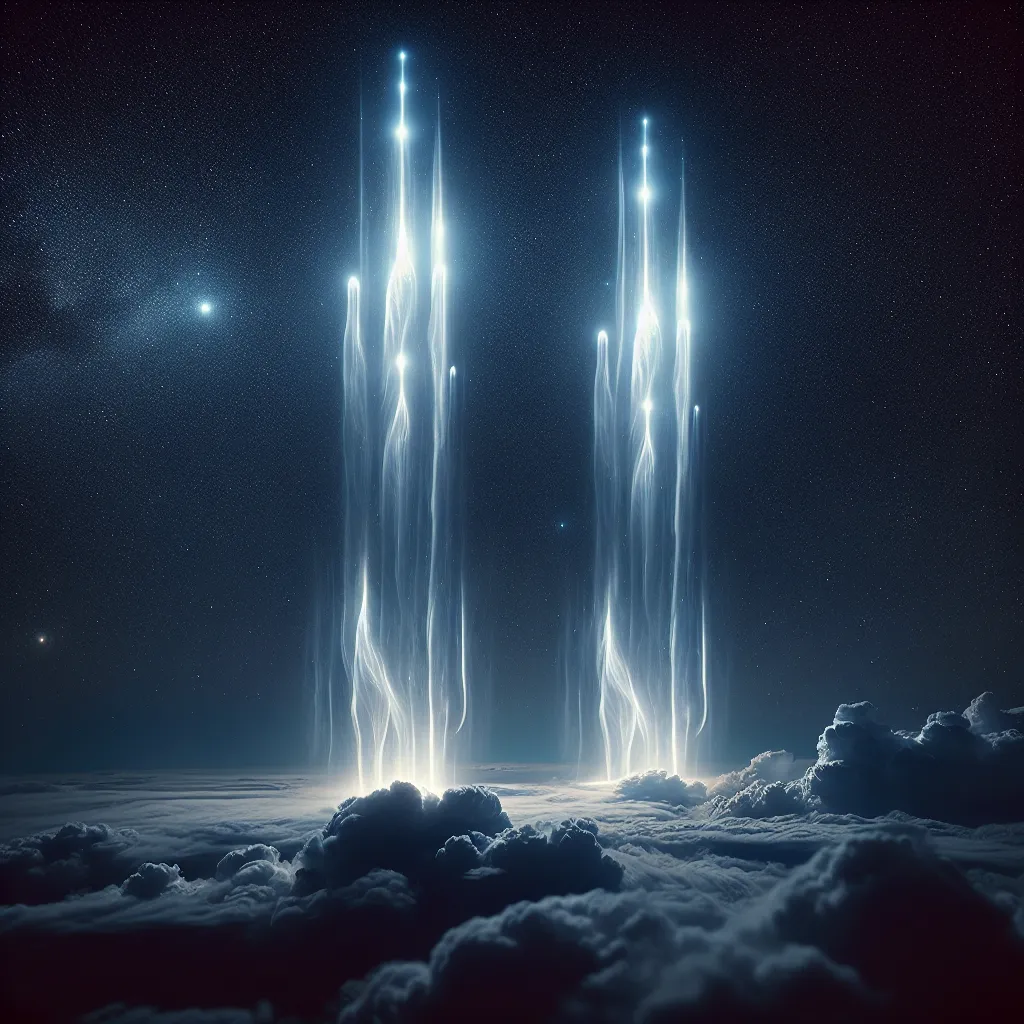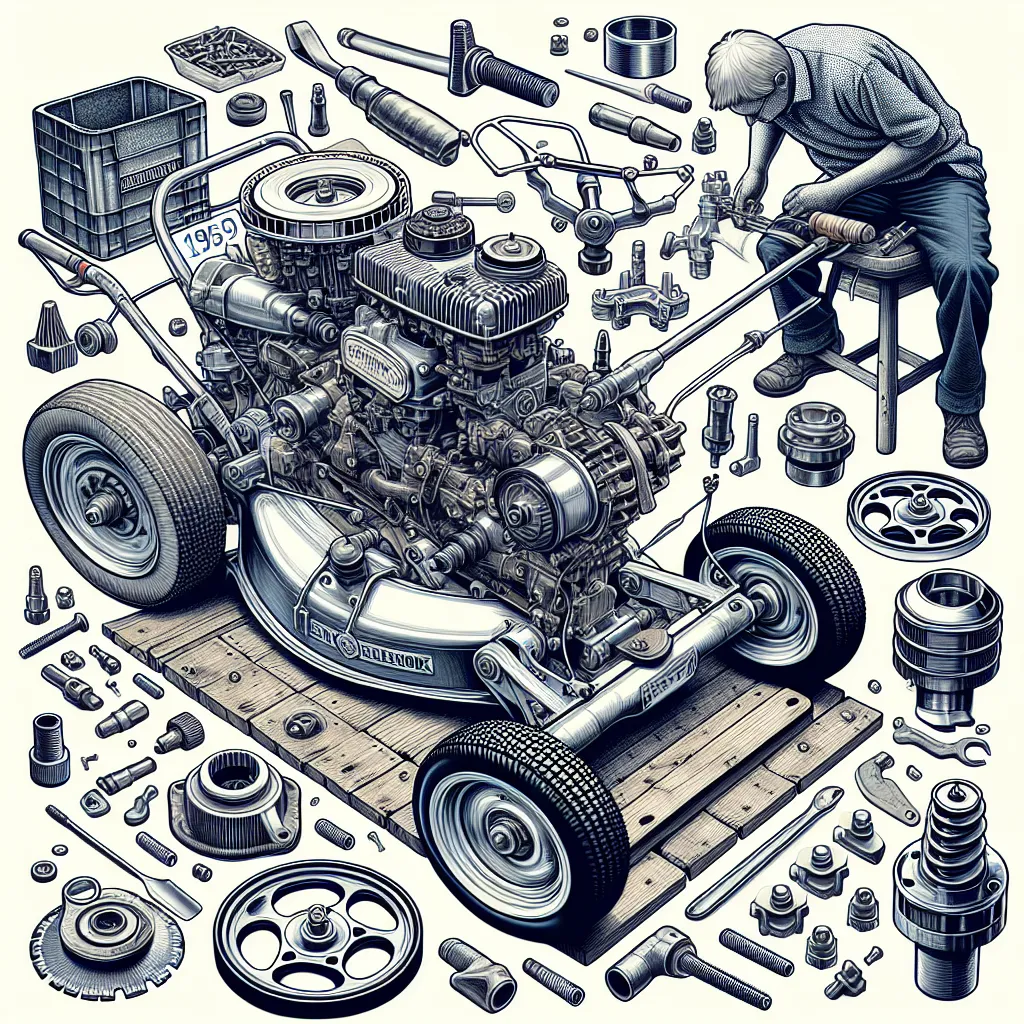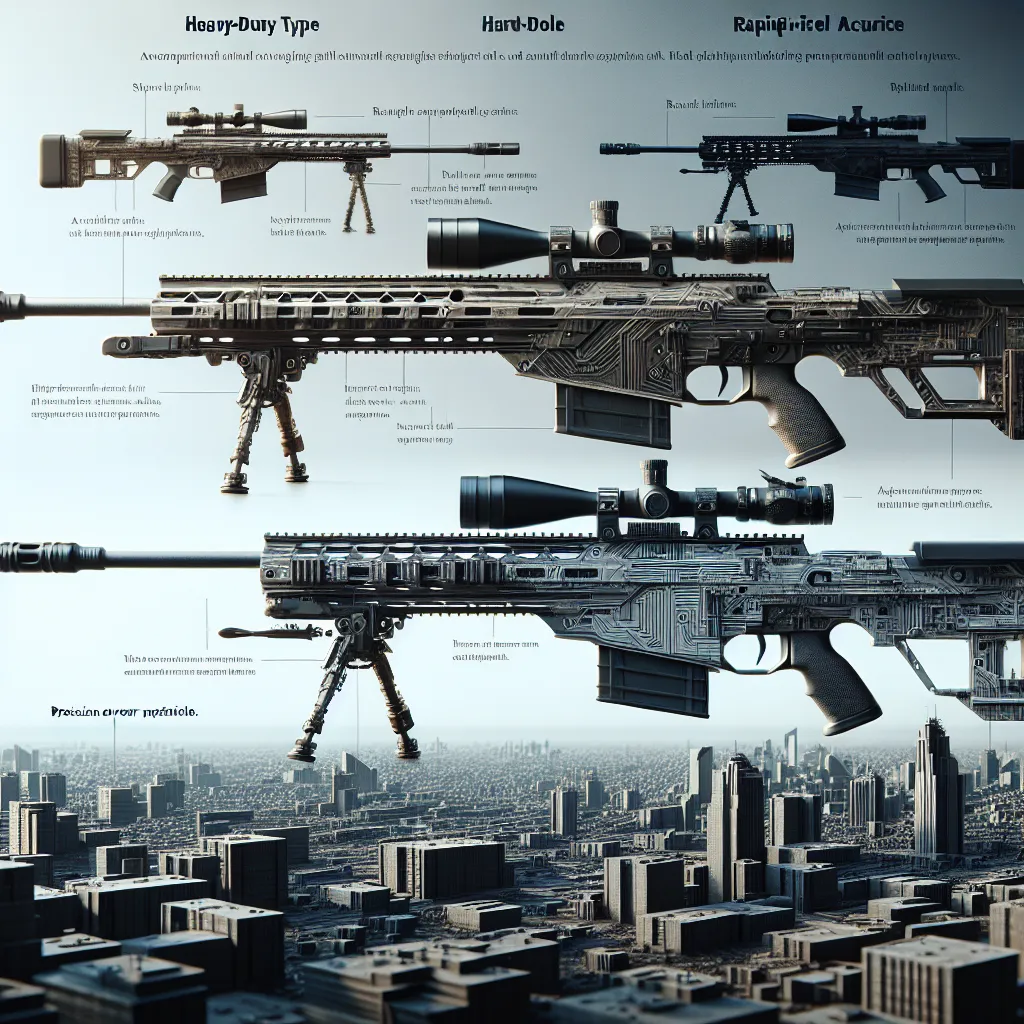The story of the Loch Ness Monster has always fascinated people, and at the heart of this mystery is the famous “surgeon’s photo.” This picture is what most envision when they think of Nessie—it’s iconic and instantly recognizable. Despite its fame, the photo has an enigma attached to it.
Back in the 1930s, the surgeon’s photo caused a sensation. People believed it finally proved Nessie’s existence, especially since it came from a highly respected surgeon. However, the real story behind the picture is one filled with greed, deceit, and a thirst for revenge.
The tale begins in 1933, when an English newspaper hired a self-proclaimed big game hunter, Marmaduke Wetherell, to find the Loch Ness Monster. Wetherell quickly claimed he was onto something, discovering large footprints on Loch Ness’s shore. The Daily Mail excitedly announced his findings to the world.
However, some skepticism emerged, and casts of the footprints were sent to London’s Natural History Museum for analysis. In just a week, the museum debunked Wetherell’s claim—they found no difference between the footprints and those made by a hippopotamus. It turned out Wetherell had used a hippo foot ashtray to fake the prints.
Disgraced and seeking revenge, Wetherell returned to Loch Ness with a plan. He collaborated with his stepson, Christian Sperling, to create a fake monster using a toy submarine and a plastic dinosaur head and neck. Wetherell knew he couldn’t present the photo himself, as no one would believe him after the previous hoax. So, he roped in Robert Wilson, a well-respected London surgeon who enjoyed practical jokes. Wilson agreed to claim he took the picture.
The hoax was a huge success. The surgeon’s photo was accepted as proof of Nessie’s existence. Surprisingly, the truth remained hidden for 50 years, known only to a few but never reaching the wider public.
The photo fooled many because it was cleverly done. The original photograph, which included part of the shoreline, was cropped when first published, making the model appear more realistic. Recent experiments have shown that a similar-sized model placed near the shore, when photographed with some added grain and in black and white, looks almost identical to the surgeon’s photo.
While this cornerstone of the Loch Ness legend has been exposed as a hoax, the mystery of Nessie endures. Many sightings remain unexplained, keeping the legend alive.
